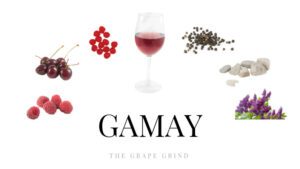
Gamay
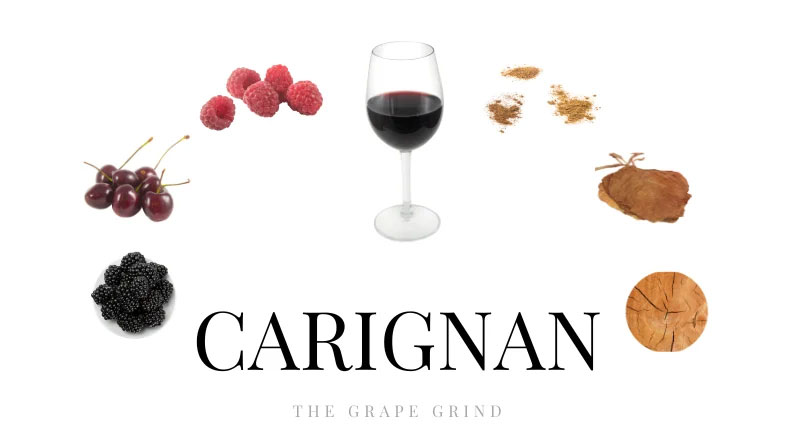
Carignan, pronounced “care-in-yan,” is a widely planted, though often misunderstood grape. It originated in northeastern Spain in the Aragon region, where it’s referred to as Mazuelo or Cariñena. While it’s still a popular grape used throughout Spain, it is far more integral in France’s Languedoc-Roussillon region for its blending capabilities, productivity, and drought resistance.
Mass plantings led to a decline in the grape’s reputation, though thankfully, winemakers are warming up once again to this earthy and deeply powerful red wine. It is now once again being cultivated for its robust flavor and is even being seen more often as a single varietal.
A few more notes on Carignan:
The following guide will illustrate what Carignan often tastes like (aroma, flavor, and structure). It will also tell you where it’s from, provide you with common food recommendations, similar varieties, and let you know why you should be drinking more of it!
While “earthy” and “spiced” could also be equally suitable terms, woodsy also answers for the tannic flavor found in Carignan. It is also typically oaked, which further rounds out the flavor profile making for a rich and balanced wine.
Carignan is more often found in blends than as a single varietal due to its intensity. Its tannins and moderate to high acidity give it a pronounced flavor. Its inky color and powerful aroma add layers of complexity to some of France and Spain’s superior wines.
High tannins and acidity lend well to extensive aging, which further softens the wine and brings out a more mushroom earthiness over time. In blends, Carignan is often added specifically for this reason.
STANDARD TASTING NOTES: These are your benchmark exam-style tasting notes.
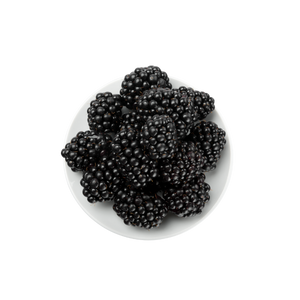
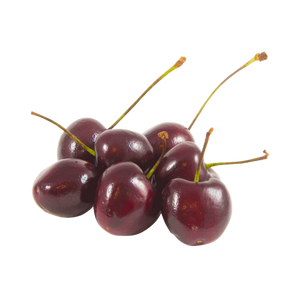
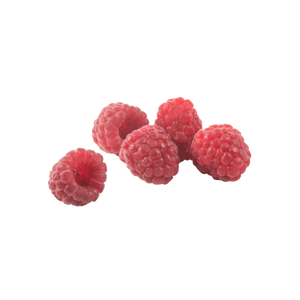
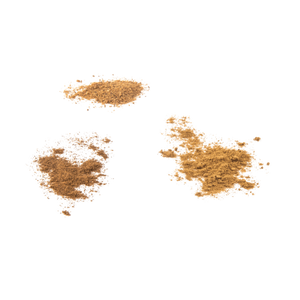
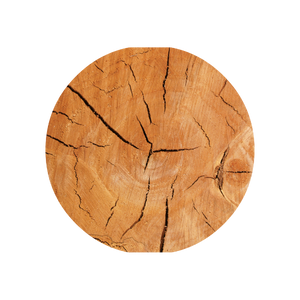
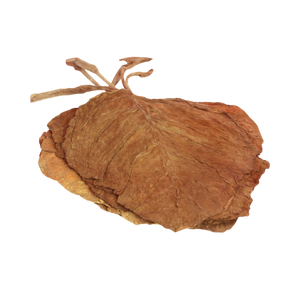
Keep in mind the flavor of wine will depend greatly on your palate, and not all wines may exhibit these aromas and flavors!
There is no “one size fits all” when it comes to structure for every grape, however, there IS a general range when it comes to body, acid, alcohol, and tannin for each. Below are general guidelines for classic representations. Growing conditions and winemaking techniques can impact each of the following.
Think of the body of wine as the difference between water, skim milk, and whole milk. Carignan sits on the palate like skim milk, with some heaviness that can be enhanced when blended with other grapes.

Acidity can best be measured by how much saliva accumulates when you sip on wine. Carignan is a bit higher in acid than most red wines, though it’s certainly not as acidic as a white wine!

Alcohol is what gives wine its “burning” sensation when you swallow. Most Carignan sits somewhere around 13-15% alcohol by volume (ABV), which is considered medium to high.

Tannins come from the grape skins, which add a “grippy” or velvet-like texture as you sip. Carignan is on the higher end of tannins though it can often be softened when blended and aged.

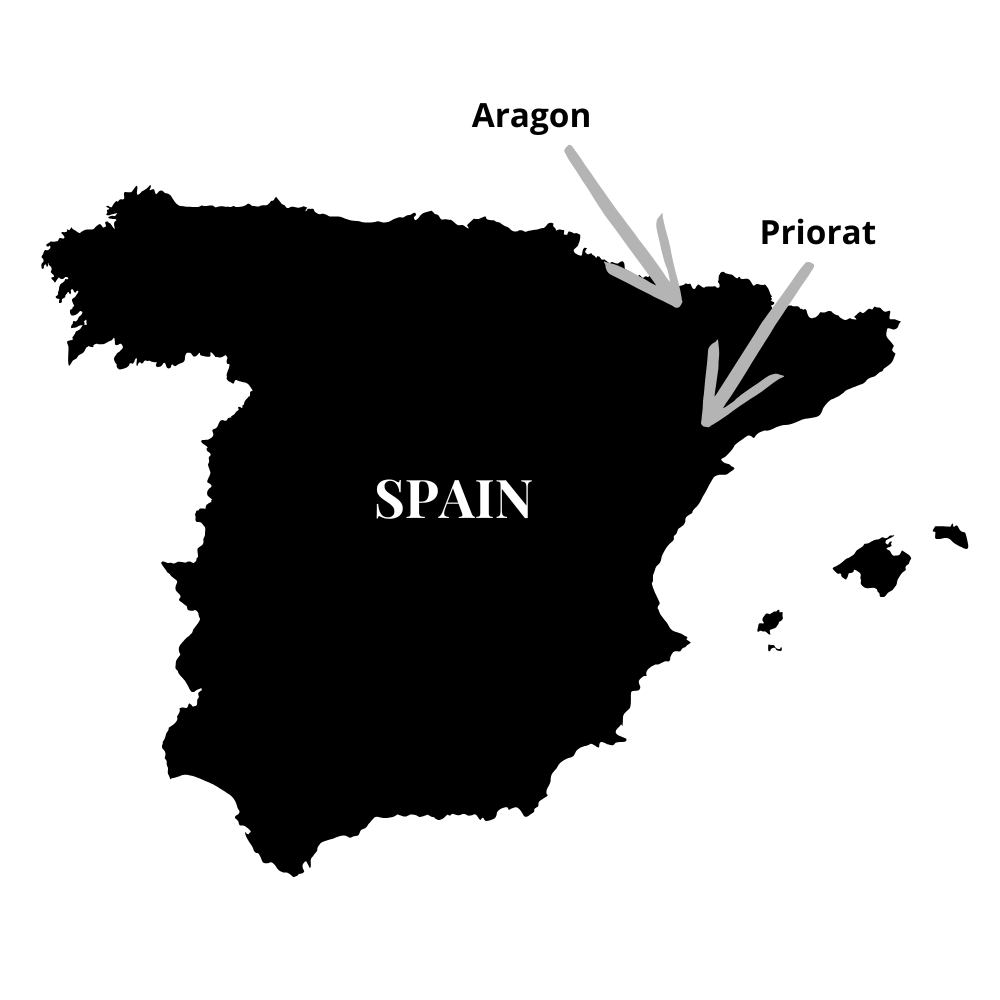
Primarily in: Aragon and Priorat
Carignan (or Cariñena) first originated in northeastern Spain in the Aragon region, where it is still found today. It’s typically blended with Garnacha and Tempranillo to add tannins and an earthy, red fruit-forward flavor profile. It has also gained a reputation in the Priorat and Rioja (where it is known as Mazuelo) regions, where it is blended with similar grapes.
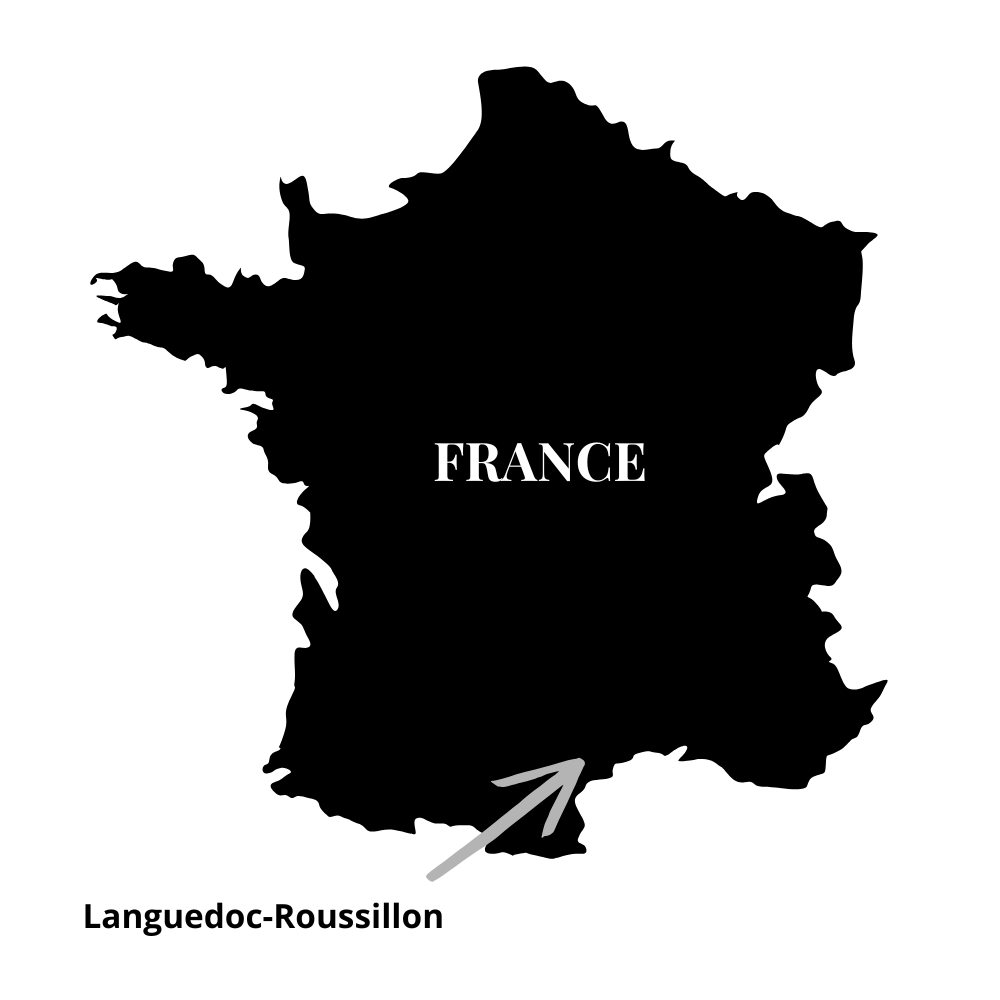
Primarily in: Languedoc-Roussillon
While the birthplace of Carignan is Spain, no country takes this grape as seriously as France. For years, it was the most widely planted grape in the country due to its ease of growing and versatility in red blends. While it’s not as heavily planted as it used to be, it remains a leading red grape in the Languedoc-Roussillon region and, to a lesser extent, in Provence and the Rhône Valley.
You can also find Carignan being grown in the Sardinian region of Italy (where it’s known as Carignano) and throughout California.
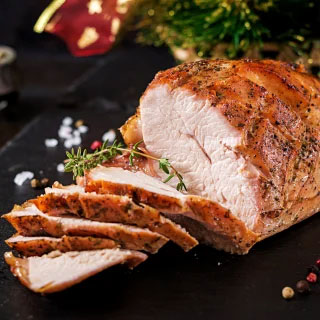
The acidity mixed with tannins adds a lovely red fruit element to the wine and cuts through proteins without being too overpowering. When paired with roasted turkey (or any roasted meat), the wine will appear fruitier and sweeter, complementing and balancing the protein.
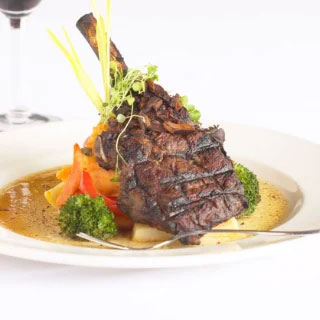
There is a subtle smoky, earthiness to Carignan that lends itself well to herbed dishes or gamey proteins. When paired, the wine’s earthy, mushroomy flavors elevate the lamb while accentuating the wine’s natural red fruit aromas.
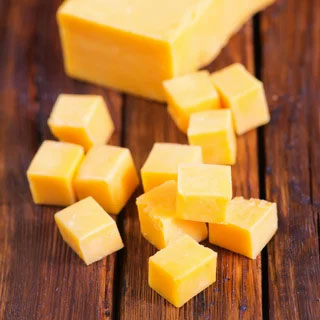
While Carignan isn’t typically smokey (like a Syrah), it has other attributes that complement smoky, savory cheeses. When paired with a smoked gouda or cheddar, you’ll notice the wine’s peppery, fruity flavors tenfold.
Other pairings: cured meats, ratatouille, smoked meats, ham, Middle Eastern spices, beef stew, or protein with a berry component
(common confusions)
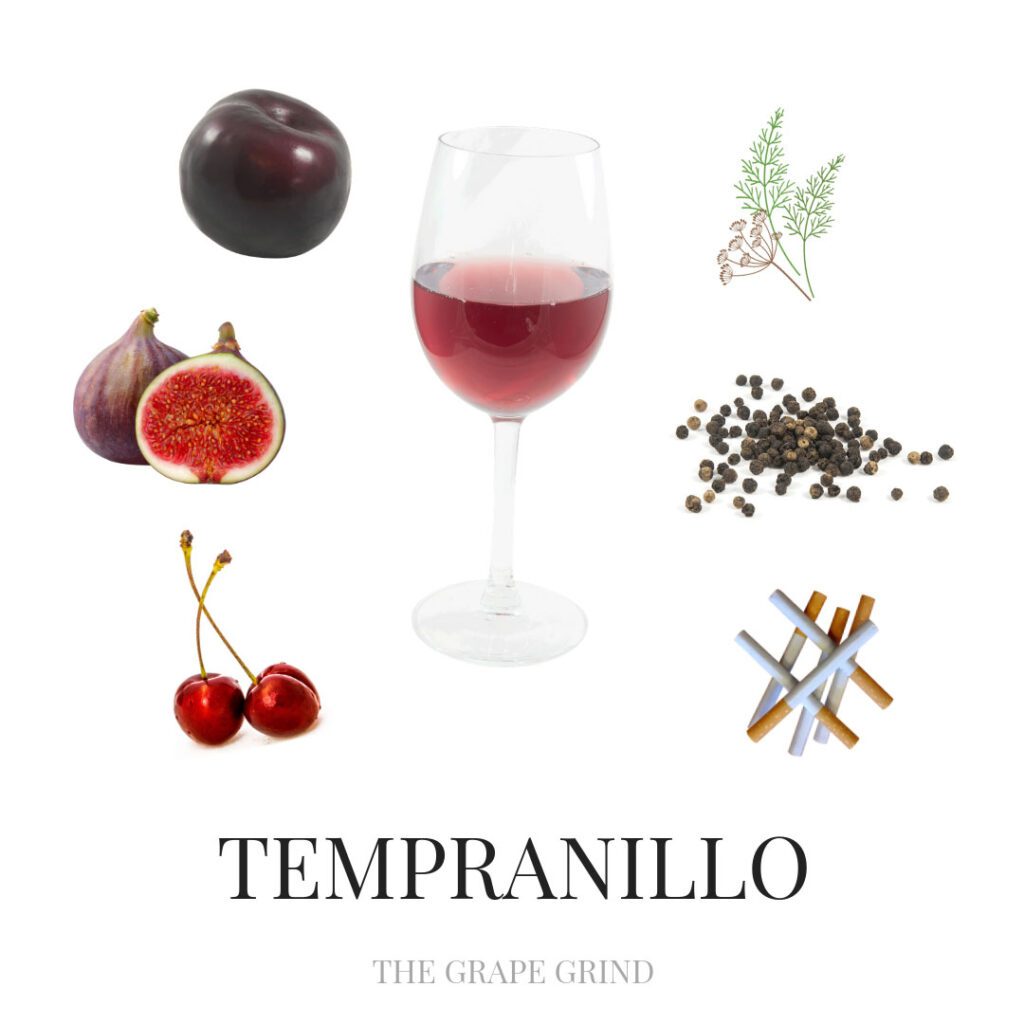
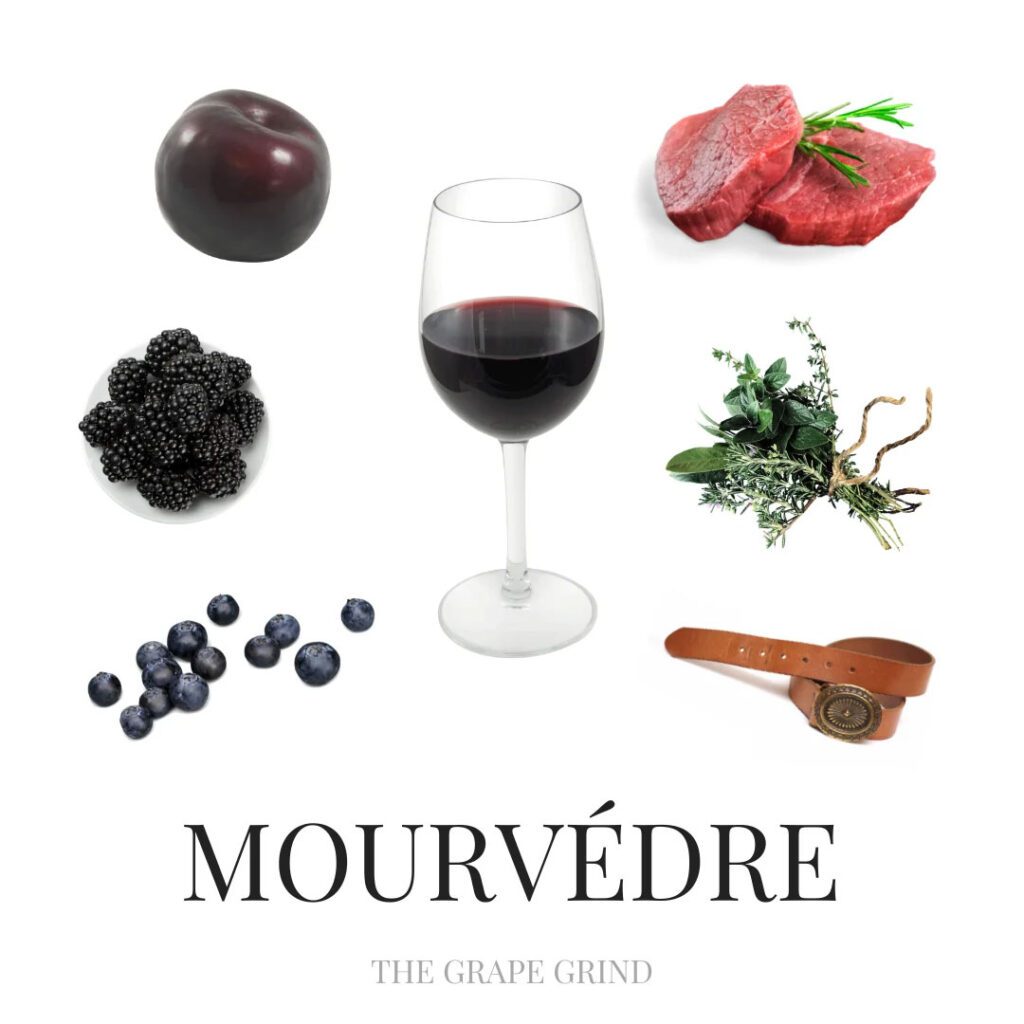
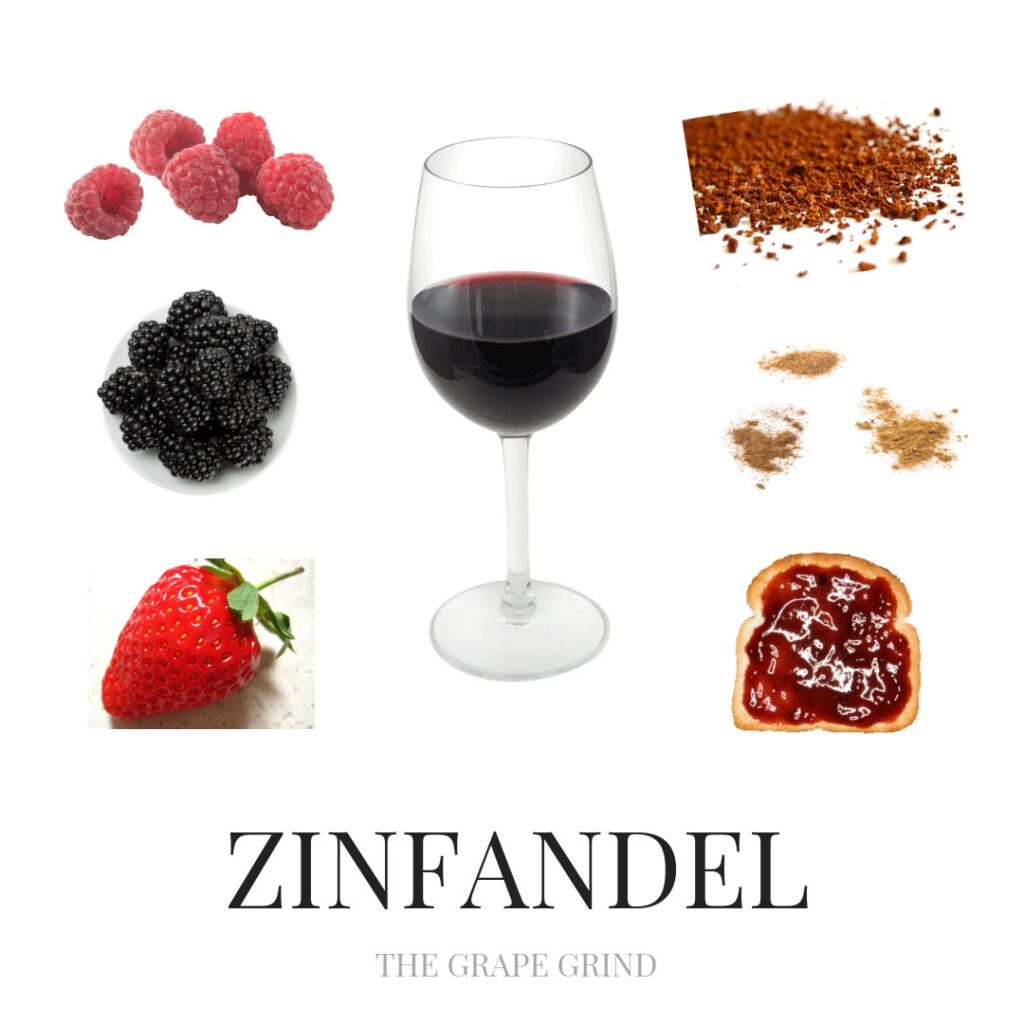
↑ Wine.com is an affiliate partner. We earn a small referral commission at no extra cost to you!. I will never recommend anything that isn’t valuable or useful in my wine study journey, or something I have no experience with. I hope these products/resources are equally helpful in your wine journey.
No matter your current skill level, we can help you improve – pass that exam, share your wine knowledge with others, guide your buyers, enhance your guests’ experience, and show up with confidence and credibility as a wine professional!
Feeling overwhelmed by everything there is to study in wine?
Struggling to stay consistent with tasting, or make it feel purposeful?
Craving connection with others who get what you’re working toward?
Let’s make studying wine less overwhelming, more consistent, and fully enjoyable!
Enter your email below to join our wine newsletter, where we share expert tips, study tools, tasting insights, and updates to support you on your wine journey!
By submitting, you are consenting to receive marketing emails from The Grape Grind. You can unsubscribe at any time.
Want to get better at tasting wine?